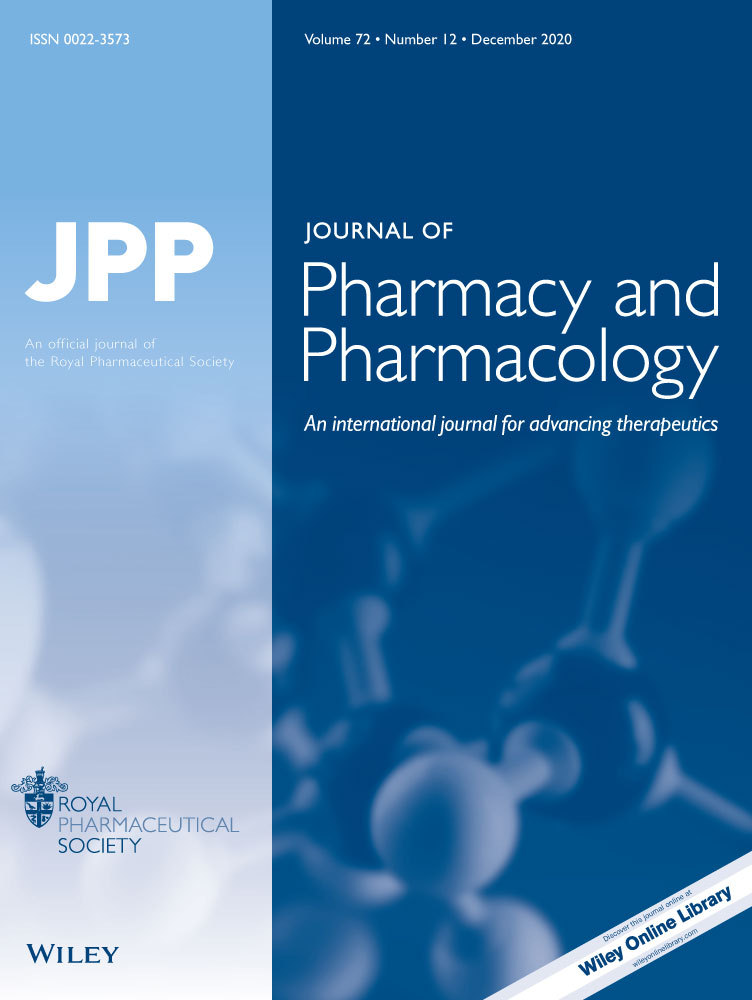The permeability of grafted human transplant skin in athymic mice
Abstract
Abstract— Human skin has been transplanted onto athymic mice and its permeability properties assessed to see if this in-vivo model would be of benefit in predicting accurately absorption of drugs or toxic chemicals through human skin. The permeability properties of the skin alone, and grafted and athymic mouse skin were assessed by measuring in-vitro absorption of tritiated water and a permanently charged cationic penetrant, paraquat. The grafted skin and athymic mouse skin had similar permeability to the tritiated water. However, the grafted skin was less permeable to paraquat but was more permeable to it than normal human skin, indicating that although histologically, the transplanted skin appeared normal, its barrier properties were impaired. The model was not, therefore, useful for assessing human percutaneous absorption.




